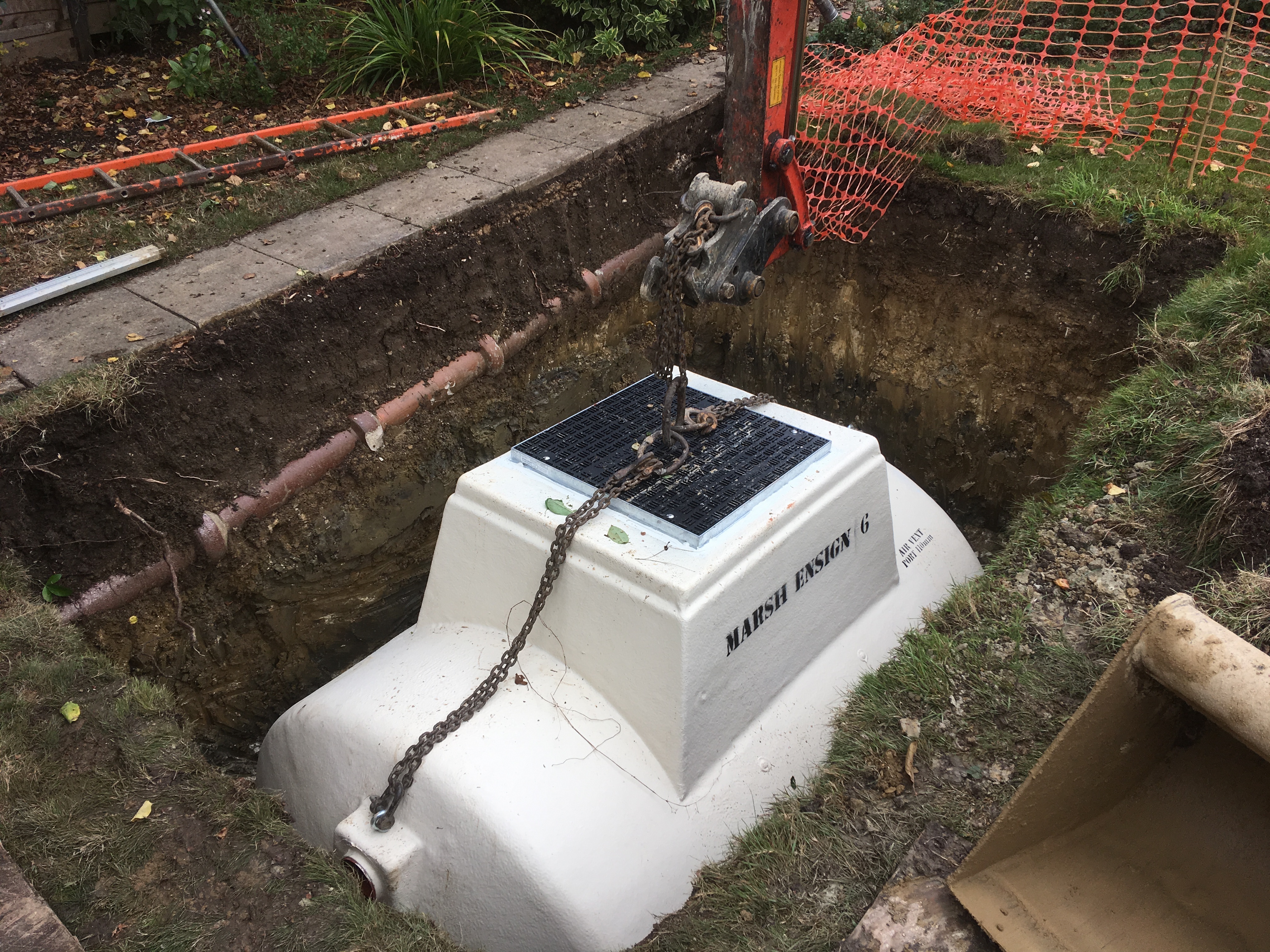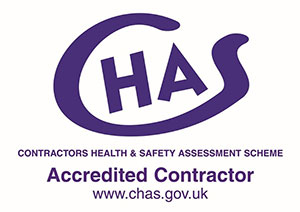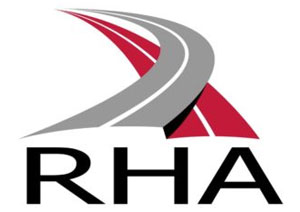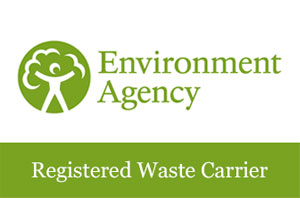As a domestic customer you are likely to be exempt from obtaining a permit from the Environment Agency as long as you can abide by their ‘General Binding Rules for Small Sewage Discharges’. For the full document click here.
For a summary see below:
The sewerage must be from ‘domestic’ use. For commercial sewerage you will need to apply to the Environment Agency for a permit. However, some small domestic-type businesses can be included in the General Binding Rules, such as a pub or a small nursing home. In this instance the waste would normally be in proportion to that of a domestic property.
You must not pollute the surface water or groundwater or stream, and this is generally achieved by having a treatment plant installed properly, and which conforms to BS EN 12566, as our works do. For a quote for a new installation click here.
The system should be installed in accordance with the manufacturer’s specification, and the system should be maintained as per the manufacturer’s specification.
The treatment plant should be emptied in accordance with the manufacturer’s specification and should be emptied by a competent company. For more info click here.
If you sell your property you must give any prospective or actual purchaser full written details of the treatment plant fitted, and notify them that they will be discharging sewerage under the General Binding Rules for Small Sewerage Discharges’
You must not discharge effluent within 30 metres of a public sewer. However, if there is a public sewer within 30 metres, then you shouldn’t be installing a treatment plant anyway, except for under exceptional circumstances. We also carry out sewer connections onto public sewers, for a quote for a connection to the public sewer click here.
Your old septic tank must be emptied and decommissioned and should not be left in a state whereby it could continue to pollute the watercourse.
As well as adhering to all of the rules above, the two sets of rules below are as important. One set deals with treatment plant which discharge into a drainage field/land drainage, the second set deal with a treatment plant that discharges into a watercourse (river or stream).
Treatment plants which discharge into drainage field/land drainage:
You must not discharge more than 2,000 litres (2 cubic metres) per day into the ground. To put this into perspective, emptying a bath into the treatment plant will normally generate about 80 litres of discharge from the treatment plant, and flushing the toilet will normally generate about 10-5 litres. A 4-bedroom house will normally generate about 900 litres a day, a 6-bedroom house 1,200 litres a day and a 10-bedroom house about 1,800 litres a day.
The treatment plant should discharge into a suitable drainage field/land drainage
The treatment plant must not discharge within a groundwater Source Protection Zone 1 [SPZ1] and must not be within 50 metres of a well, spring or borehole that is used to supply water for domestic consumption.
The treatment plant must not discharge within 50 metres of a Special Area of Conservation, a Special Protection Area, a Ramsar site or a Biological Site of Special Scientific Interest.
The treatment plant must not discharge into ancient woodland.
Treatment plants which discharge into a watercourse (river or stream)
You must not discharge more than 5,000 litres per day into a watercourse.
The treatment plant must not discharge within 500 metres of a Special Area of Conservation, Special Protection Area, Ramsar site, Biological Site of Scientific Interest, freshwater pearl mussel population, designated bathing water or protected shellfish water. Nor within 200 metres of an aquatic local nature reserve, or 50 metres of a chalk river or aquatic local wildlife site.
The watercourse must be flowing at all times of year, not just in the winter. However, the watercourse may occasionally run dry in times of exceptionally dry weather.
You must not discharge into an enclosed lake or pond. It must be a watercourse which has ‘flow’.
When discharging into a watercourse, you must also discharge partially into a drainage field/land drainage within 10 metres of the watercourse, to aid with drainage during seasonal changes.






